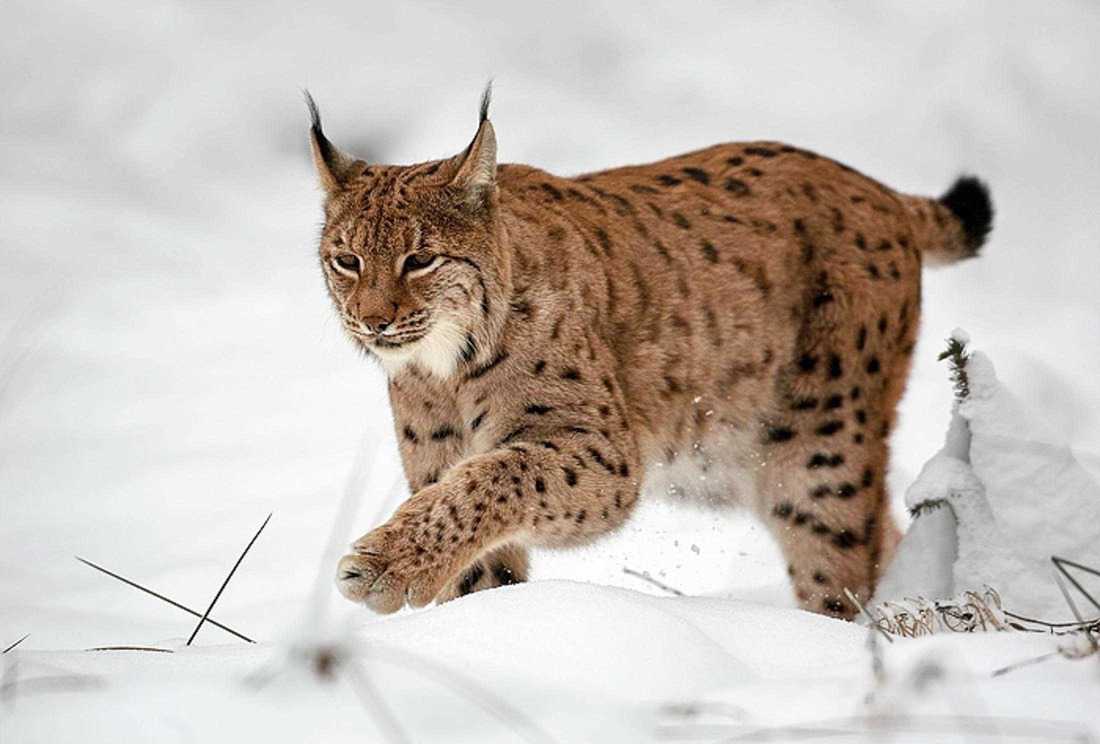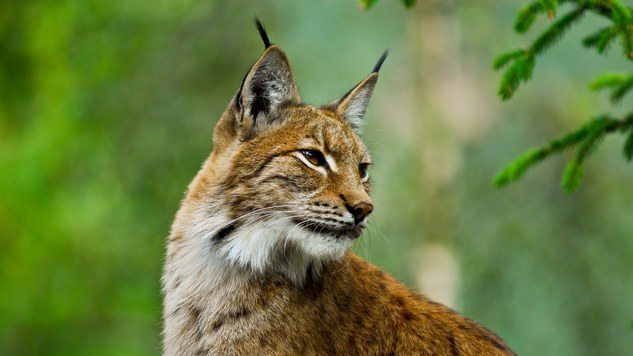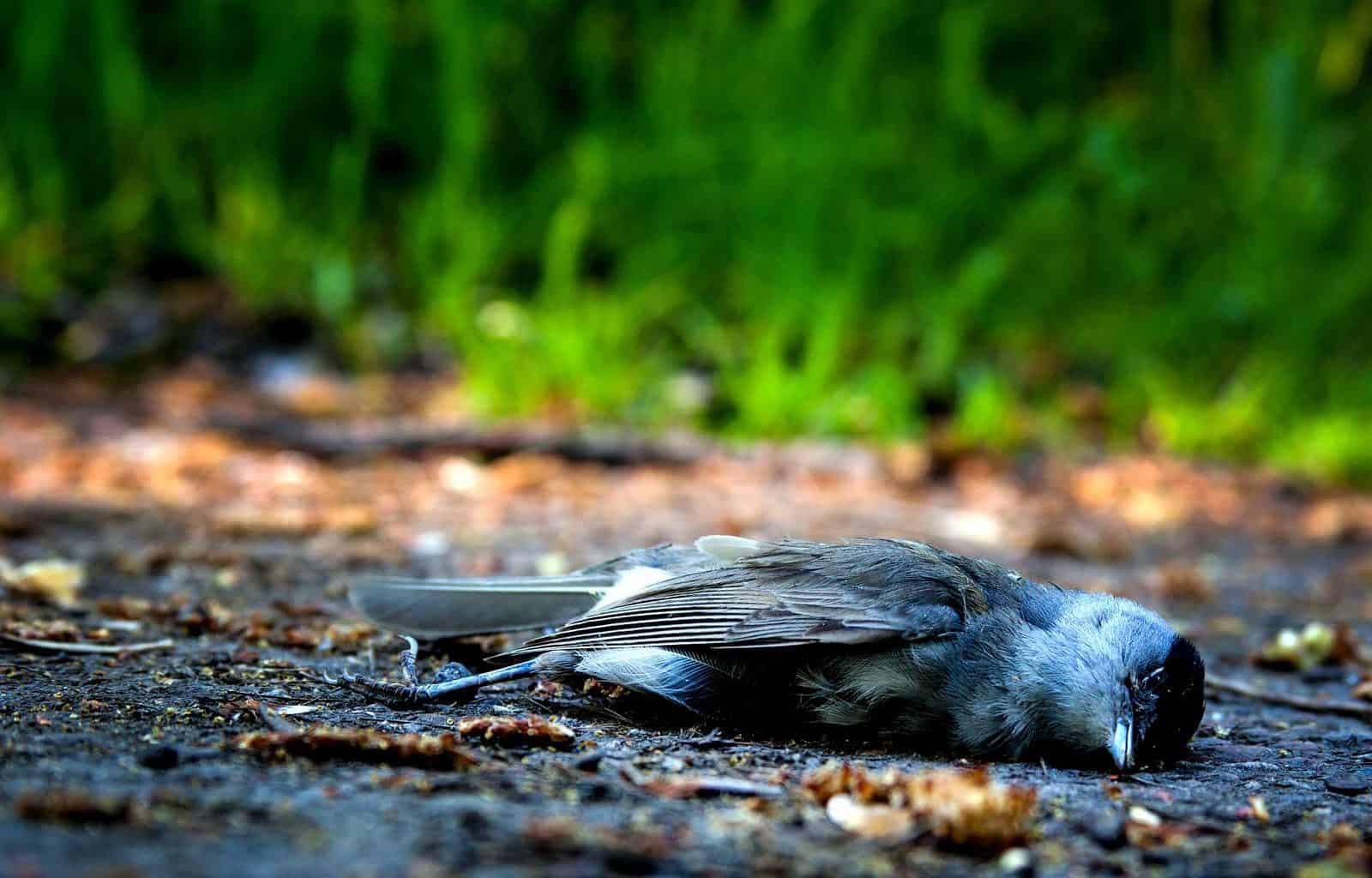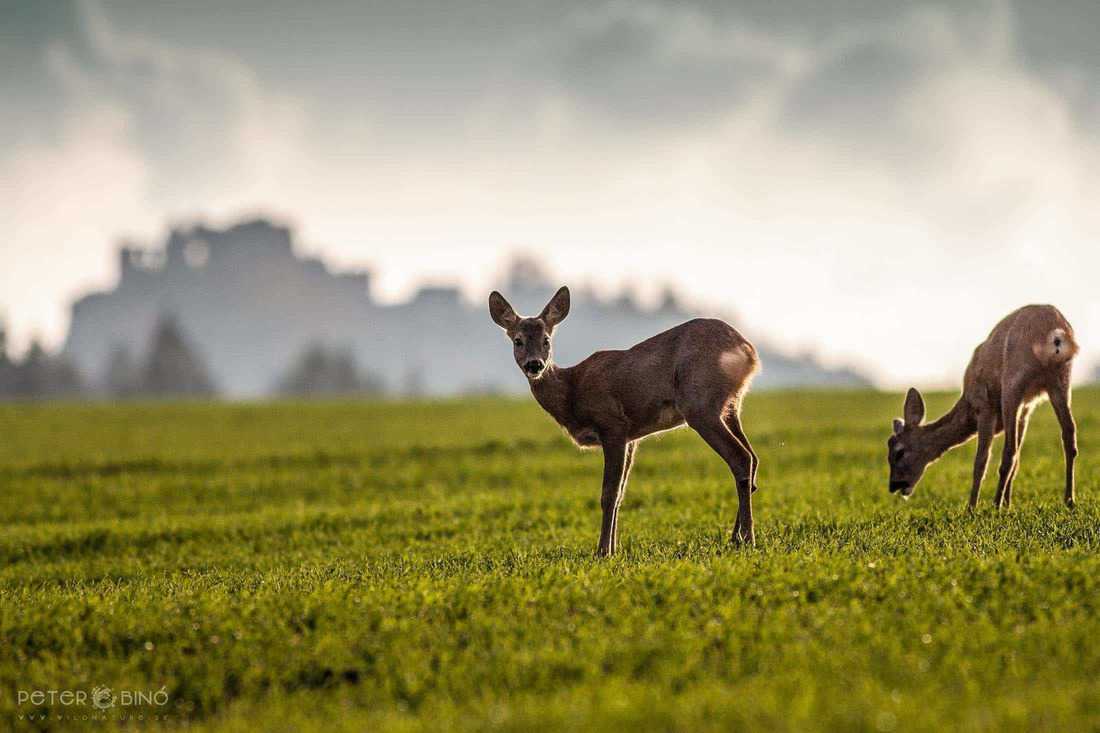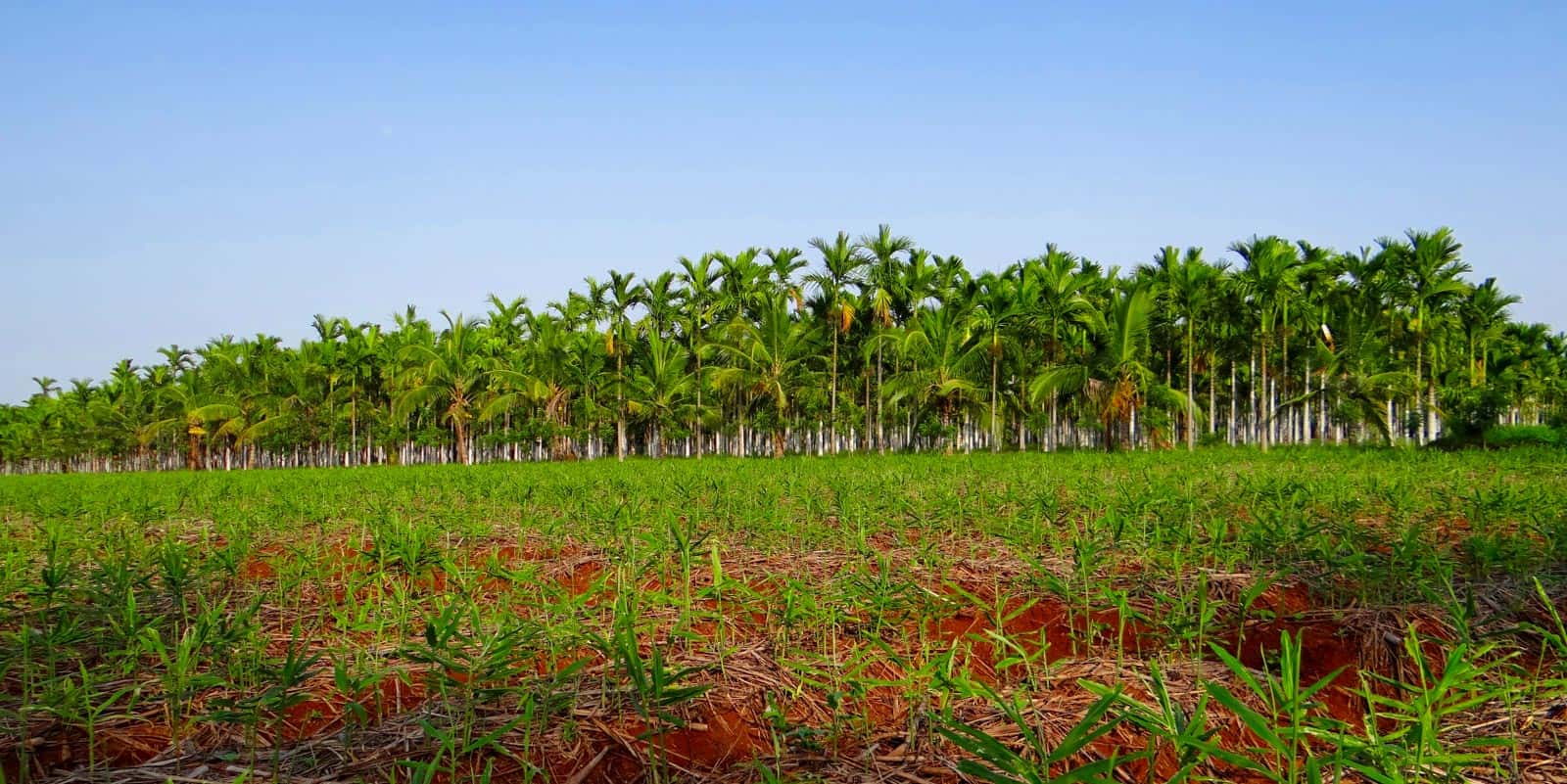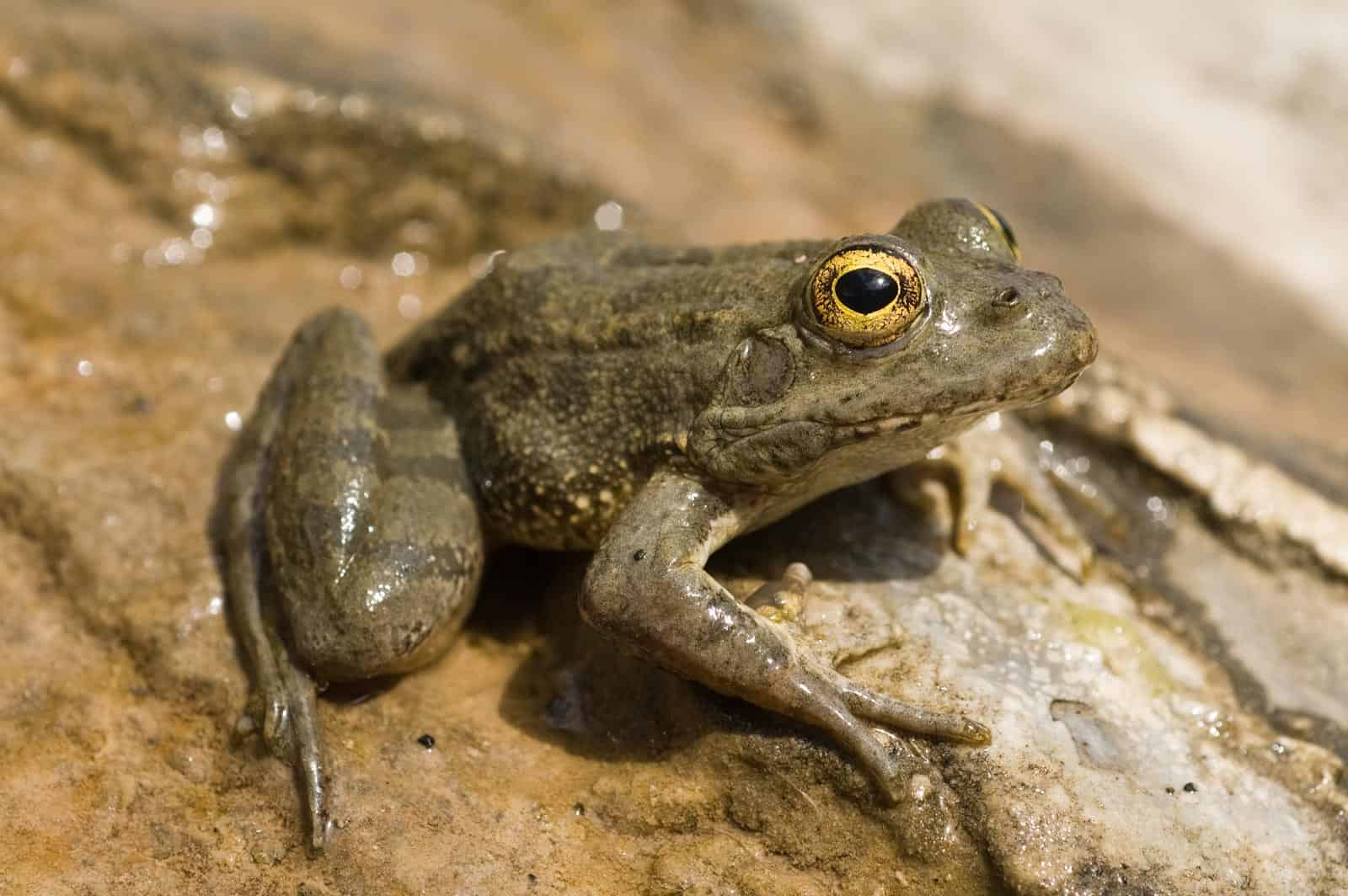International Lynx Day
International Lynx Day, observed on June 11th, celebrates and raises awareness about the conservation of lynxes worldwide. These elusive wild cats, including the Eurasian lynx, Canada lynx, Iberian lynx, and bobcat, play crucial roles in their ecosystems. This day highlights the challenges lynxes face, such as habitat loss and poaching, while promoting conservation efforts. Join wildlife enthusiasts, organizations, and educators in learning about and advocating for the protection of these majestic creatures and their natural habitats.
Introduction to International Lynx Day
International Lynx Day, first celebrated on June 11th, 2019, was established to raise awareness about the conservation of lynxes and their habitats. This day emphasizes the importance of these wild cats, which include the Eurasian lynx, Canada lynx, Iberian lynx, and bobcat. Lynxes are vital for maintaining ecological balance as apex predators, controlling prey populations, and supporting biodiversity. However, they face severe threats from habitat destruction, poaching, and climate change. International Lynx Day aims to educate the public, inspire conservation efforts, and highlight the successes in protecting these majestic creatures. By focusing on the challenges lynxes face and the measures needed to safeguard their future, this day fosters a global commitment to preserving these essential members of the ecosystem.
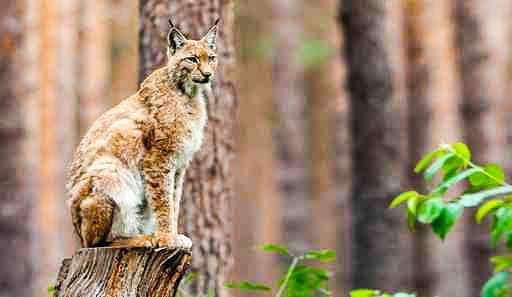
The Importance of Lynxes in Ecosystems
Lynxes play a crucial role in their natural habitats, serving as apex predators that help maintain ecosystem balance. By preying on herbivores like deer and small mammals, lynxes regulate prey populations, preventing overgrazing and promoting vegetation growth. This, in turn, supports a diverse range of plant and animal species, contributing to overall biodiversity. The presence of lynxes also influences the behavior of other predators and prey, fostering a healthy and dynamic ecosystem. By keeping prey populations in check, lynxes ensure the stability and resilience of their habitats, highlighting their vital importance in preserving ecological balance and biodiversity. Protecting lynxes is essential for maintaining the health and integrity of the ecosystems they inhabit.
Challenges Faced by Lynxes
Lynxes face significant challenges that threaten their survival, primarily habitat loss and fragmentation. As human activities expand, forests and natural areas are converted into agricultural land, urban spaces, and infrastructure, reducing and isolating lynx habitats. This fragmentation hinders their ability to hunt, find mates, and migrate, leading to smaller, more vulnerable populations. Poaching also poses a severe threat, with lynxes targeted for their fur and body parts. Additionally, climate change impacts lynxes by altering their habitats and affecting the availability of prey. Warmer temperatures and changing precipitation patterns disrupt the ecosystems lynxes depend on, making it harder for them to thrive. Addressing these challenges is critical to ensuring the survival of lynxes and maintaining the balance of the ecosystems they inhabit.
Conservation Efforts and Success Stories
Conservation efforts for lynxes involve numerous projects and initiatives aimed at protecting their habitats and populations. One notable initiative is the reintroduction programs in Europe, which have successfully reintroduced Eurasian lynxes into areas where they had become extinct. Protected areas and wildlife corridors are being established to combat habitat fragmentation, allowing lynxes to roam and hunt freely. Anti-poaching measures, including stricter laws and community education, have also been implemented to reduce illegal hunting. Success stories include the recovery of the Iberian lynx, once on the brink of extinction. Through intensive breeding programs and habitat restoration, their population has grown significantly, making it one of the world’s most remarkable conservation successes. These efforts highlight the importance of continued commitment to safeguarding lynx species and their ecosystems.
In Austria, conservation efforts for lynxes include habitat restoration, wildlife corridors, and community engagement to mitigate human-wildlife conflicts. Notable successes include the successful reintroduction of lynxes into the Austrian Alps, where they had been extinct for over a century. These efforts demonstrate Austria’s commitment to protecting its natural heritage and promoting biodiversity.
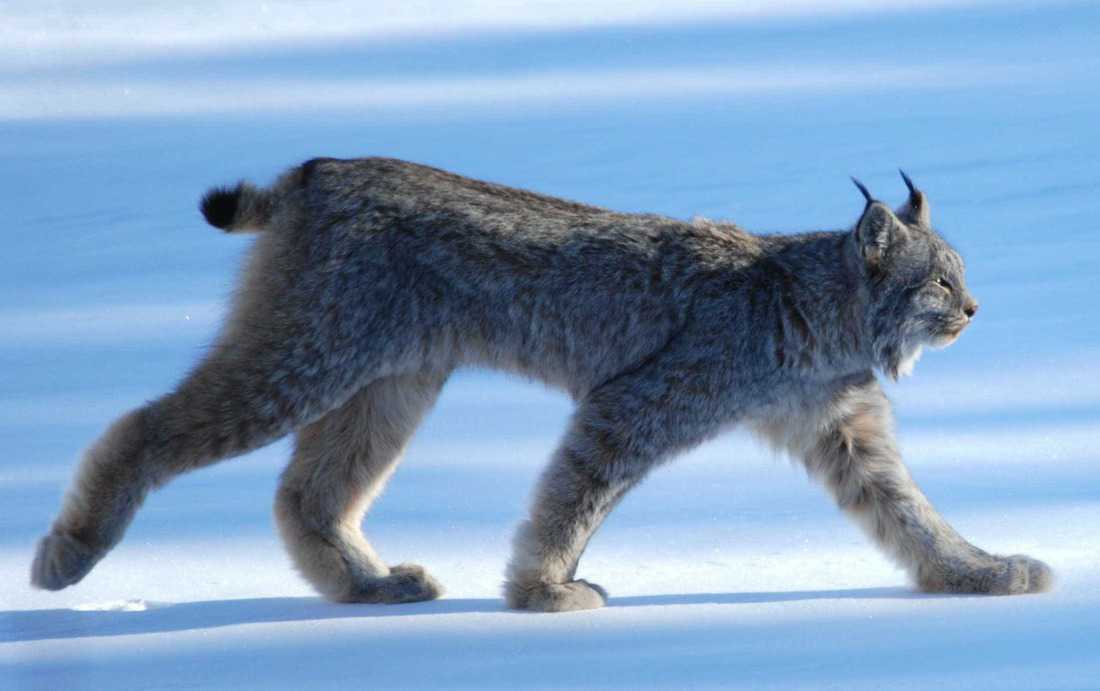
How to Get Involved
Individuals can play a vital role in supporting lynx conservation. One way to get involved is by donating to or volunteering with organizations dedicated to wildlife protection, such as the World Wildlife Fund or local conservation groups. Participating in habitat restoration projects and advocating for policies that protect natural areas are also impactful. On International Lynx Day, engage with educational resources such as documentaries, articles, and webinars to learn more about lynxes and their importance. Attending events like wildlife talks, nature walks, and community activities can help raise awareness. Sharing information on social media and encouraging others to support conservation efforts amplifies the message. By taking these actions, individuals contribute to the preservation of lynxes and the ecosystems they inhabit.

